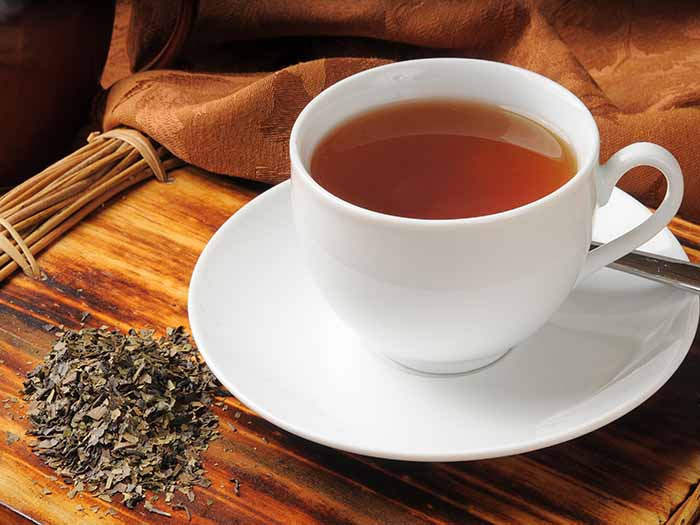If you drink lapsang souchong tea, you will experience many of the same health benefits that people have been enjoying for thousands of years.
What is Lapsang Souchong Tea?
Lapsang souchong tea is a particular type of tea cultivated in the Wuyi region of China, although now it is grown more widely than that. What makes the leaves of this tea special is that instead of drying them in a more traditional way, they are dried over a pinewood fire, giving the leaves a smoky flavor that makes the tea quite popular. This tea comes from the traditional Camellia sinensis plant, and therefore has the normal antioxidants and nutrients of that tea, but the preparation method and flavor is what sets it apart. [1]
This tea variety does contain caffeine, so it should be consumed in moderation, particularly by those who need to limit their intake of caffeine.
Lapsang Souchong Health Benefits
There are quite a few benefits to lapsang souchong tea, including its ability to protect cardiovascular health, boost the immune system, and lower inflammation levels in the body. Much of this is done by the antioxidants in the tea, which include catechins, polyphenolic compounds, and other volatile acids that have such an impressive effect on the body. [2]
The caffeine present in this tea can also act as a metabolism booster that will enable you to lose weight more easily. While caffeine is known to exacerbate nervous system conditions, this tea is actually well known to soothe the nerves and lessen anxiety. [3]

Lapsang souchong tea or smoked tea Photo Credit: Shutterstock
How to Make Lapsang Souchong Tea?
If you wish to make your own lapsang souchong tea at home, you can source the leaves from many different places, although leaves directly from the Wuyi province are increasingly rare and expensive, due to demand.

How to Make Lapsang Souchong Tea: Easy Recipe
Ingredients
- 5 grams lapsang souchong powder
- 2 cups water
- 1 tsp honey optional
- milk optional
Instructions
- To make Lapsang Souchong tea, first, add 5 grams of lapsang souchong powder to a teapot or tea infuser.
- Bring 2 cups of water to a boil and then immediately pour over the tea powder.
- Allow the tea to steep for 3 minutes.
- Strain the tea to prevent the flavor from becoming too bitter. Accordingly, add a tsp of honey and milk, as per your preference. Enjoy the hot cup of tea with family and friends.

Notes
Lapsang Souchong Side Effects
As with any form of black tea, lapsang souchong contains caffeine, which can cause anxiety issues and sleeplessness if consumed in large quantities, along with gastrointestinal distress. If you are sensitive to caffeine, be sure to limit your intake of this tea to 2-3 cups per day. [4]
